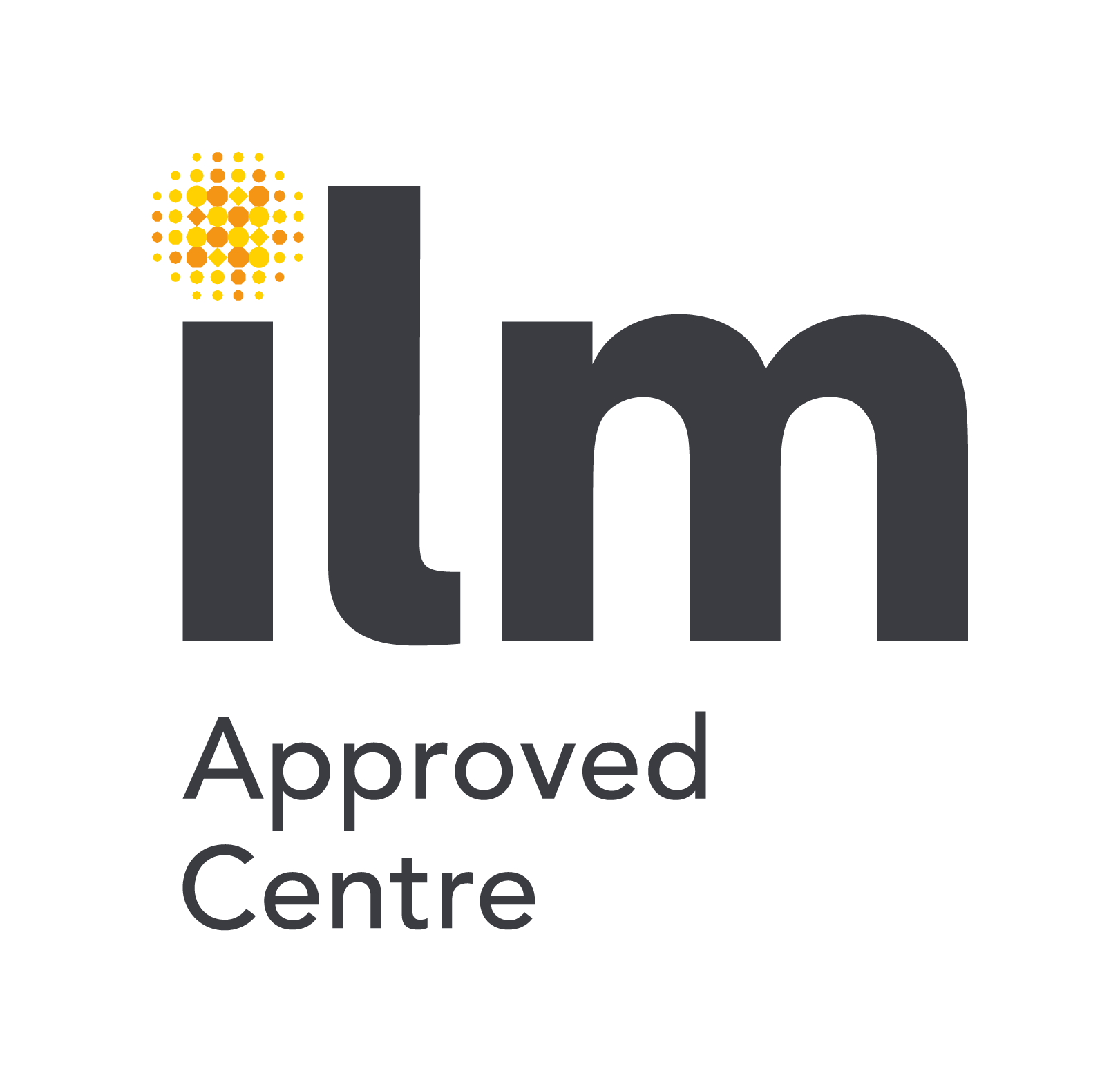Overview
This course provides a clear process as to how to solve problems and make decisions. Participants will gain knowledge of how to describe a problem; in terms of its nature, scope and impact. Also covered is how to gather and interpret information to identify possible solutions to a problem and prepare a summary of the options providing facts and evidence. Participants will learn how to apply a simple decision-making technique to evaluate options in order to arrive at the best solution. This course is valuable for those who wish to demystify the problem-solving process and make sound decisions.
Learning objectives
Following the completion of the course and assignment, the leader will be able to:
- Describe a problem, its nature, scope and impact
- Gather and interpret information to identify possible solutions to a problem
- Prepare a summary of the options providing facts and evidence
- Apply a simple decision-making technique to evaluate options to arrive at the best solution
- Plan the implementation and communication of the decision
- Describe which monitoring and review techniques could be used to evaluate outcomes
Course content
Day 1
A series of exercises are used to demonstrate and allow practice in approaching and solving problems. These begin with simple practical problems, but progress in complexity and realism as the day goes on.
Day 2
The second half of the day has an extended experiential exercise so that new tools can be applied in a complex problem-solving exercise. Peer and instructor coaching is used to ensure the tools and concepts are being applied effectively.





